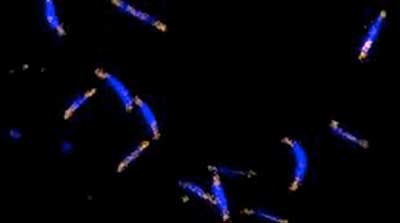
Tuesday, May 29, 2018
Plastic crystals hold key to record-breaking energy transport
Scientists have found a way to create plastic semiconductor nanostructures that absorb light and transport its energy 20 times further than has been previously observed, paving the way for more flexible and more efficient solar cells and photodetectors.
Engineers design color-changing compression bandage
Bandage is threaded with photonic fibers that change color to signal pressure level.
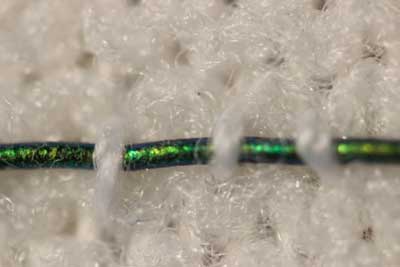
Nanoparticle combination pack battles cancer
Nanoparticles with multifunctional drug precursor for synergistic tumor therapy.
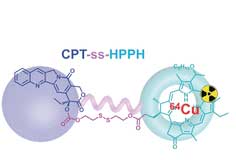
Nanotube analysis system is able to identify pollutants from cosmetics in seawater
Researchers have designed a method that detects the presence of pollutants in seawater in a faster and more efficient way and also at very low concentrations.
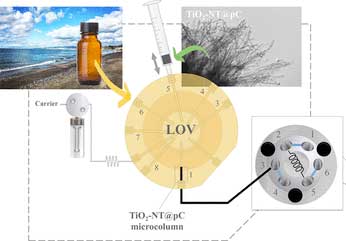
'Smart' material enables novel applications in autonomous driving and robotics
New research has shown the potential of liquid crystal shells as enabling material for a vast array of future applications, ranging from autonomous driving to anti-counterfeiting technology and a new class of sensors.
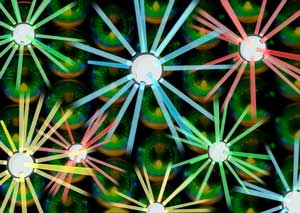
Better, faster, stronger: Building batteries that don't go boom
Understanding how lithium reacts to pressure developed from charging and discharging a battery could mean safer, better batteries.
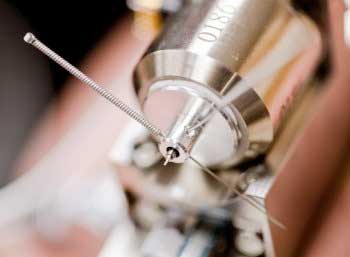
Researchers predict materials to stabilize record-high capacity lithium-ion battery
Advancement could pave the way for less expensive, longer-lasting batteries for electric vehicles.
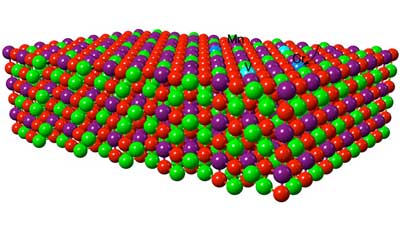
Researchers use silicon nanoparticles for bioimaging and drug delivery
An international research team has studied a new cell visualisation and drug delivery system based on nanoparticles coated with luminescent dye molecules.
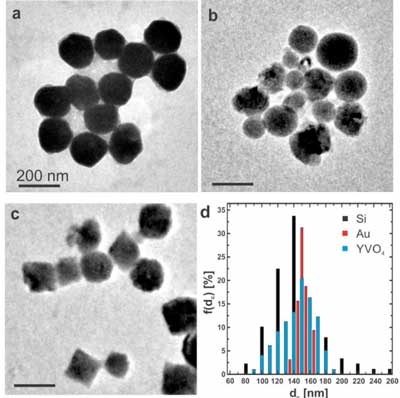
Graphene layered with magnetic materials could drive ultrathin spintronics
Measurements reveal exotic spin properties that could drive new form of data storage.
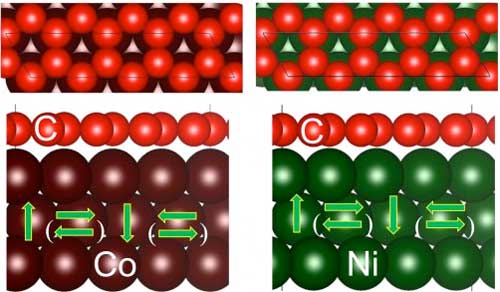
Water is not the same as water
Water molecules exist in two different forms with almost identical physical properties. For the first time, researchers have succeeded in separating the two forms to show that they can exhibit different chemical reactivities.
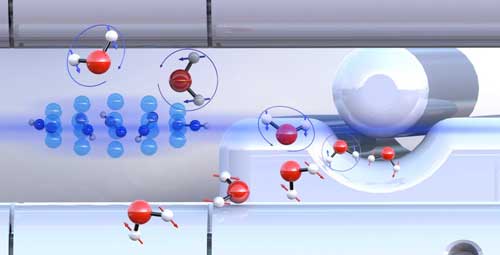
How to code a functional molecular machine?
An international team has developed a model that simulates protein evolution. Starting from stiff, unfunctional proteins, the computer model shows how evolving protein components can work together to give rise to dynamic and efficient molecular machines.
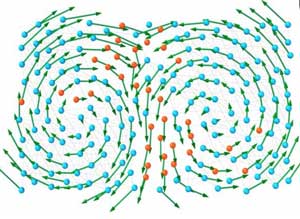
Switched on: a breakthrough for spintronics
Scientists have discovered a switch to control the spin current, a mechanism needed for information processing with full spin-based devices.
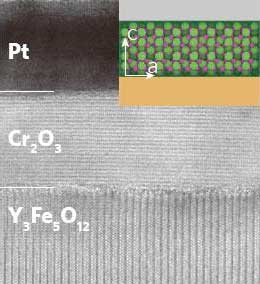
Subscribe to:
Comments (Atom)
